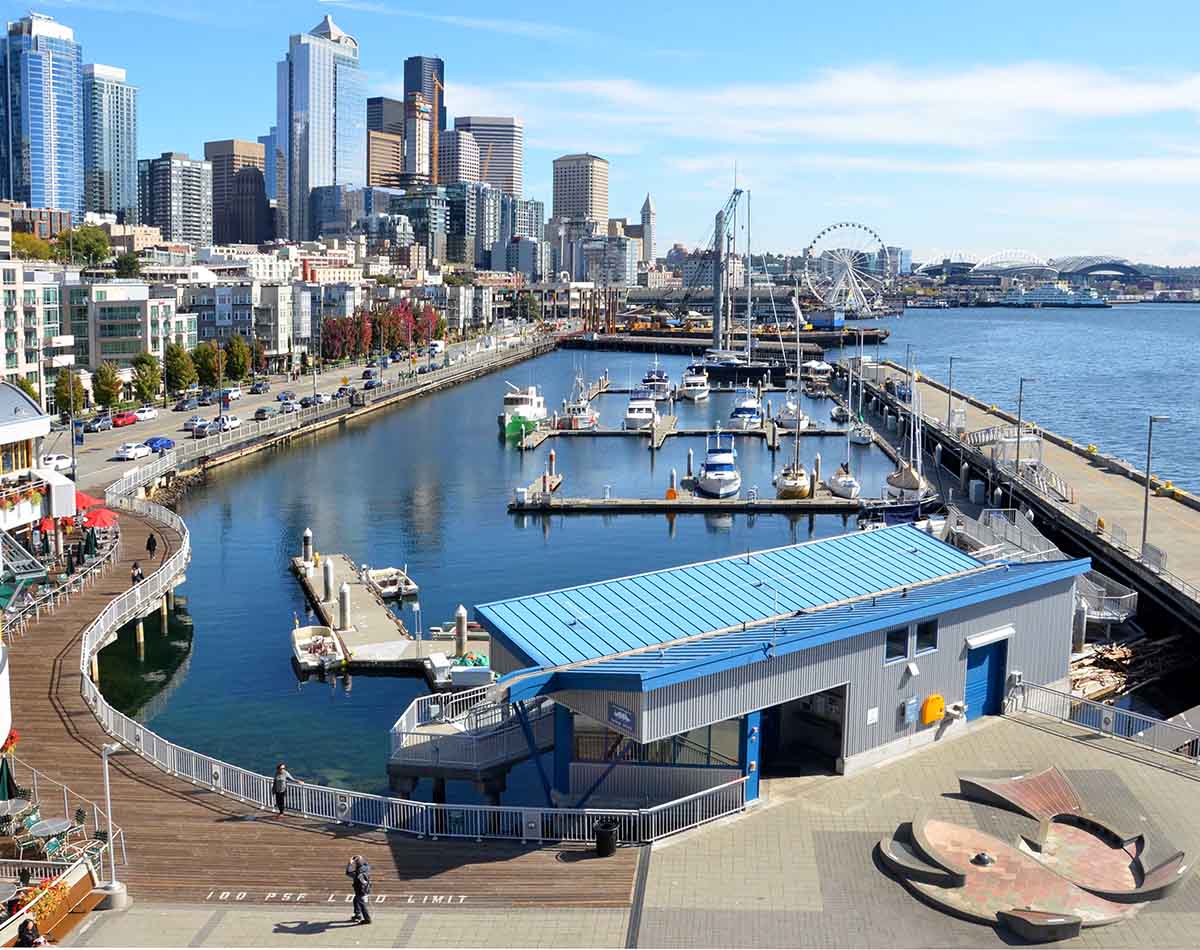How Diamond Communications Is Powering the Future of Wireless
Key Points
Strategic Site Selection and Property Access. Diamond identifies high-value rooftops and grounds to expand wireless infrastructure, handling long-term leases and compliance to speed up deployment.
Connecting Underserved Areas. They bring 5G-ready networks to rural communities, supporting telehealth, digital commerce, and everyday connectivity where carriers often fall short.
Smart Urban Integration. In dense city areas, Diamond uses rooftops and utility poles to deploy space-efficient, zoning-compliant infrastructure without disrupting city aesthetics.
The digital age has affected how the world shares information, and there’s a growing need for a high-speed mobile service that’s now shaping the expectations of many people.
Devices now depend on uninterrupted signals, and it’s clear that a solid infrastructure is needed to support connectivity.
See more about the digital age when you click this helpful site.
Behind every seamless app update or video call is a complex network of wireless systems that were carefully planned and installed.
As demand increases, the need for a solid connectivity solution and a thorough understanding of urban development also surges.
Companies that are planning to build a network infrastructure in a city should know more about compliance in the region, and they should be able to build a wireless network at the right locations.
Others negotiate with real estate property owners for more seamless connectivity.
Getting the Support that Wireless Carriers Need
Many of these companies are responding to a shift in user behavior, especially in communities that are far away.
They’re going to require more than just physical assets, instead, they might involve the adaptation of changing technologies.
Fortunately, these arrangements can be delivered by the right company with their scalable site plans, and their systems are designed to support network evolution, where they’re ready to cater to 5G if the need arises.
The entire team will be involved from the early planning stages up to the assessments, and they’re going to do a thorough evaluation for each site, including the transmission range and the quality of signal in the area.
They can also integrate new installations into their existing networks with minimal friction, and it’s going to significantly help the costs of relocating pieces of equipment later on.
Also, aside from making sure that they’ve properly engineered the cables, they can check if there are enough load-bearing limits in an area.
These companies and their investors have already shelled out billions of dollars in infrastructure acquisitions, and they can maximize the value that they provide.
Expanding Networks Through Strategic Property Access
Fortunately, there are a lot of companies that are now doing their best to deploy a network that enables connectivity.
These are the ones that make sure that each location is able to provide the technical needs of the infrastructure, and Diamond Communications is now excelling in identifying high-value properties that are compatible with their needed space.
They’re able to install a solid cable structure and route them well for a cleaner installation.
The company has owned thousands of tenanted wireless communication sites where they lease rooftops and grounds in order to operate across the state.
They invest in leasing properties when they deem suitable for each site, and they only do this after a detailed assessment.
They will also take care of the agreements and structure the leases for the long term, which creates new revenue streams for owners and mobile carriers.
Sometimes, zoning challenges can slow down the progress of a network infrastructure rollout, but the right company generally has experience in navigating engineering operations and legal expertise in administrating large-scale systems.
Expect them to be compliant with the paperwork and make sure that everything is ready to set up afterward.
Bringing Wireless Services to Underserved Communities
Another thing that they do is to make sure that they’re providing connections to rural areas that may still be experiencing some gaps in coverage.
These services may often be helpful when it comes to telehealth consultations, and they’re important for businesses that are still learning about digital commerce.
They’re going to help these regions that are often overlooked by other carriers, and people will be able to enjoy seamless communication with their help.
Also, since each region has its own set of challenges, you can rely on these companies to adapt well to each terrain.
They will study the population density that you can find info here https://education.nationalgeographic.org/resource/population-density/ in an area and craft a localized strategy to make sure that the entire infrastructure is optimized for usage.
They’re aware that speed matters, especially in underserved zones, and that if it takes them longer to secure a parcel of land, more residents are going to be cut off from the internet.
They can fast-track these processes by handling the logistics themselves and by partnering with the right carriers to meet timelines.
They Enhance Urban Connectivity with Scalable Solutions
Generally, you’ll often find urbanized cities to have fierce competition, and traditional towers may not be an option because of limited spaces.
With the right company, the infrastructure is often installed on rooftops and even on utility poles because they offer a more practical alternative.
The best company supports these adaptable placements because they work and they don’t also disrupt the aesthetics of a place.
There are also zoning requirements that will dictate the kind of infrastructure that’s possible in a city environment.
Fortunately, the pros are going to work within these limits and be strategic to make sure that the wireless equipment is installed properly, and they can coordinate with city planners so everyone’s safety won’t be compromised.




















